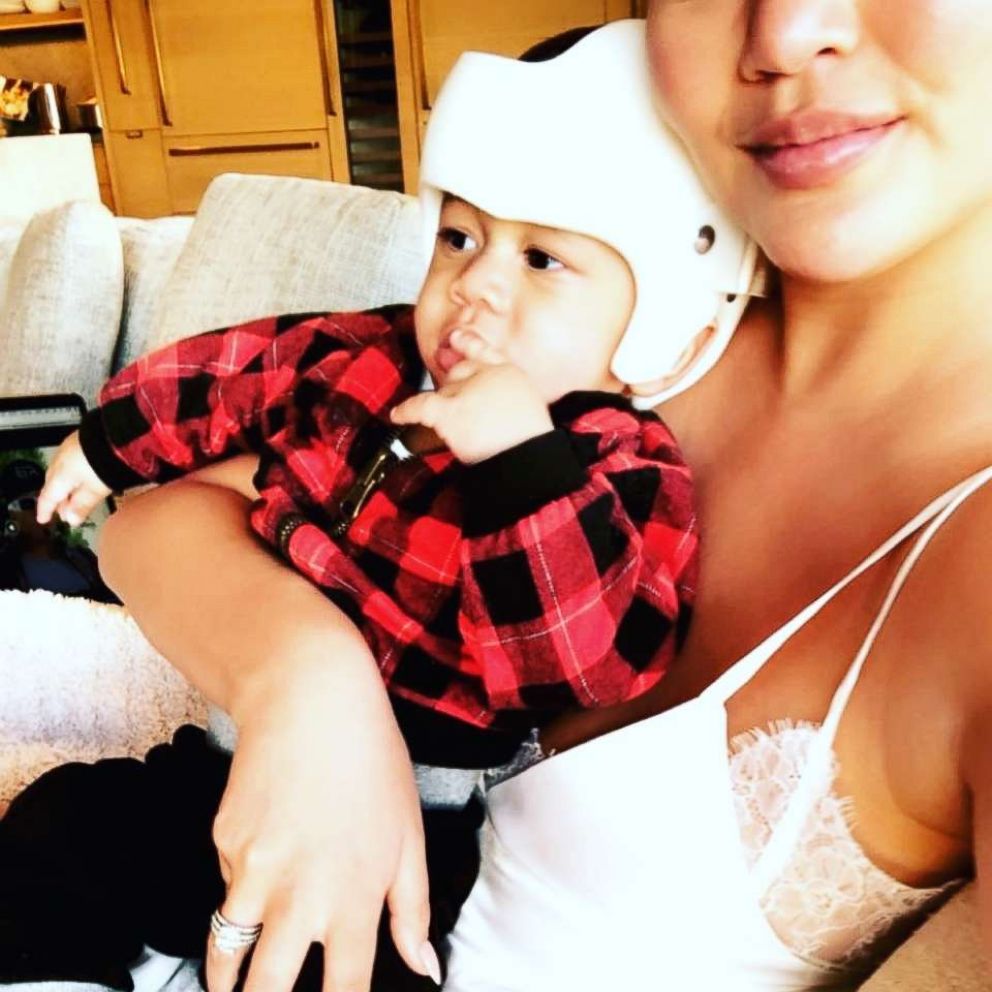A pregnant Jessica Simpson asks fans to remedy swollen foot in Instagram photo: Here's what women should know
Dr. Jennifer Ashton weighs in on what causes pregnancy swelling and how to deal.

Pregnancy side effects aren't glamorous, even if you're Jessica Simpson.
The singer and mom of two took to Instagram Thursday asking fans for advice on how to relieve her extremely swollen foot.
"Any remedies?!" Simpson, who's expecting baby number three, wrote in the photo caption. "Help!!!!
Concerned moms came to support Simpson in the comments section by sharing their own experiences with pregnancy swelling, as well as suggestions on how she can relieve the discomfort.
Dr. Jennifer Ashton, ABC News' chief health and medical correspondent and board-certified OB/GYN, said it'd be helpful to know if both Simpson's feet are swollen, which is a vast majority of cases in pregnant women.
"It's most common," Ashton told "Good Morning America." "This is not just a vanity issue. To have swelling like that in your feet is painful and uncomfortable."
It's unclear as to when Simpson's actual due date is, but the star announced in September that she's having a girl -- so it's very possible that Simpson's in her third trimester. Ashton said the end of pregnancy is when women typically experience swelling.
Various causes of swelling
1. Direct compression of the bigger veins in the lower body near the uterus. "You have 10 to 12 pounds of weight, just in the uterus, that can cause fluid backup," Ashton said.
2. There are hormonal changes in pregnancy that result in fluid retention.
3. Preaclampsia (the most serious) -- a pregnancy complication marked by high blood pressure.
"We don't understand why it happens, but it is a situation that results in high blood pressure and sometimes an impairment of kidney and liver function and risk of seizures in women."
A common sign of preclampsia is edema, which is the medical term that means swelling all over the body. The swelling will generally show up in lower extremities first, Ashton said.
See your doctor first
1. Contact obstetrician or midwife and be examined.
Ashton said doctors will most likely check weight, blood pressure, urine and speak with mom about other potential symptoms.
"If that checks out and none of those things are there and preclampsia and any other medical conditions have been ruled out, it's just about systematic treatment," Ashton added.
At-home relief
1. Keep legs elevated as much as possible.
2. Wear some kind of support (knee-highs or leggings).
3. Drink more water.
4. Avoid salty foods.
5. Be as mobile as possible to improve the lymphatic system and blood pressure around the capillaries.
Ashton said most women will also have increased swelling a couple days after they deliver, which will go away.







